Where to see The Scream and other Munch gems
The Norwegian artist is a central figure in Oslo’s cultural and artistic scene. Here’s where you can witness his creative influence first hand.
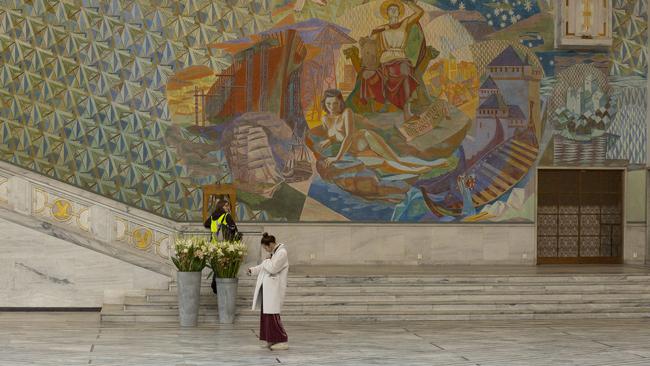
Norwegian artist Edvard Munch is a central figure in Oslo’s cultural and artistic scene. Here’s where you can witness his creative influence first hand.
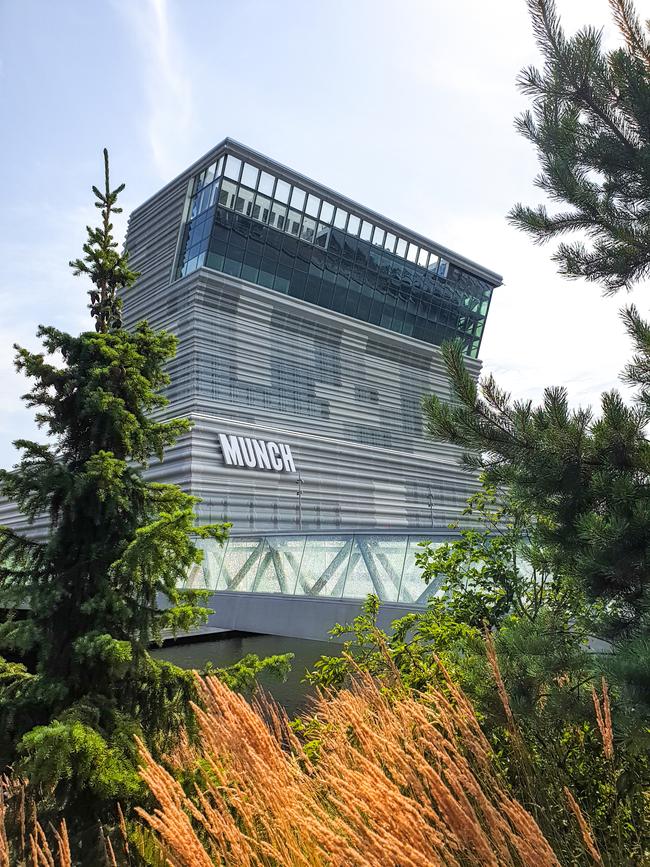
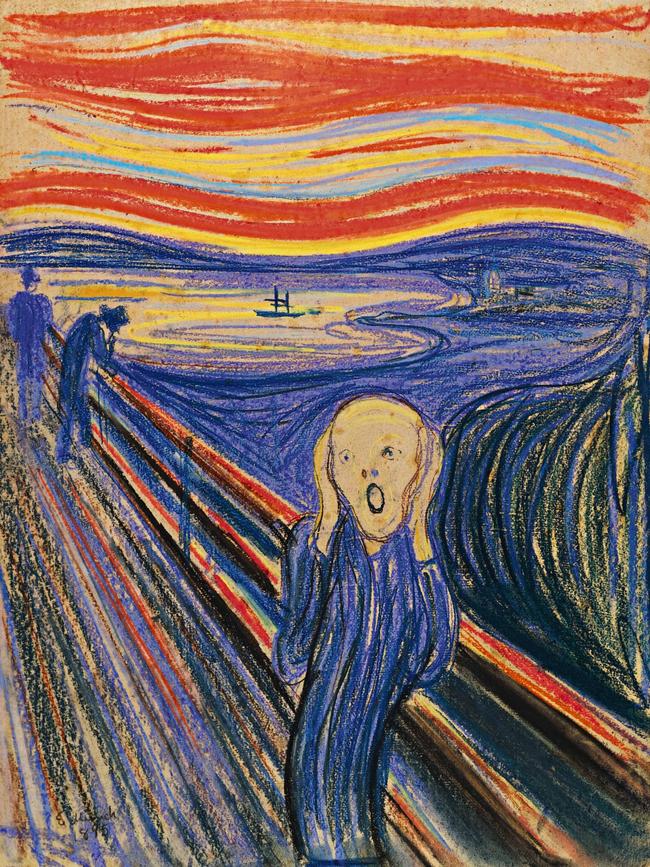
1 Living the Scream
The sign on a strikingly angular waterfront building says it all: Munch. No further identifier is required, such is the hold the artist retains on Oslo 80 years after his death. This museum, which replaced a more modest repository in 2021, holds nearly 27,000 Munch pieces among its 42,000-strong collection, the artist benevolently bequeathing his life’s work to the city in 1940. Following a rough chronology through the museum’s 11 galleries, signature motifs are recognisable across the many decades of his output, including that which found its way into The Scream. Within a small, darkened space, three of about 30 Screams that Munch created in various media are displayed on rotation from behind screens, 30 minutes at a time. It’s usually a logjam in there, in contrast to another Scream, which barely raises a ripple hanging among a broader collection of fine Norwegian art in the nearby National Museum.
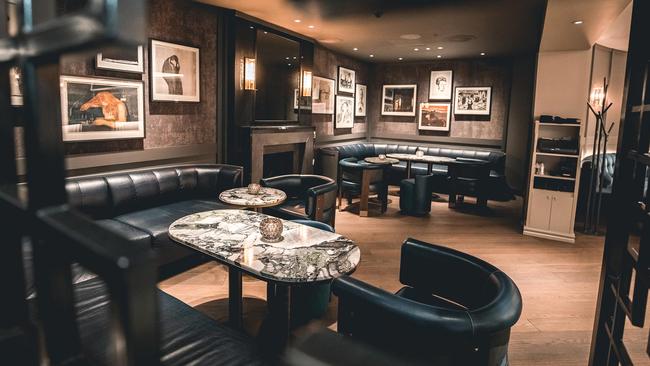
2 Spirited reverence
Munch saw the big picture, creating in 1921 a dozen murals for the workers’ canteen at Oslo’s Freia chocolate factory. He’d earlier gone really big at the Aula hall at Oslo University, which commissioned 11 murals, including his acclaimed The Sun. It’s open to the public on selected Saturdays, but on any day you can have Munch with your martini at the chic Hotel Continental’s Bar Boman, which displays 12 prints bought by its owner, Arne Boman Hansen, in 1932. Across the way, and in contrast to its traditional facade, the Grand Hotel’s edgy interior includes a work by provocative British artist Tracey Emin, a neon Scream hanging in its lobby bar. Emin has been obsessed with Munch all her adult life, and a more monumental work of hers, the 9m-tall bronze sculpture The Mother, stands outside his new museum, “protecting his home”, she has said, “the companion of the Ghost of Munch”.
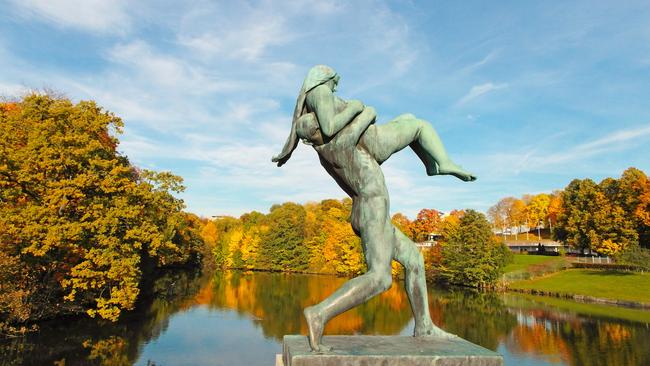
3 Natural habitat
On a hillside path up to Ekeberg Park above downtown Oslo in the early 1890s, Munch suddenly began “shaking with angst” and feeling “the great Scream in Nature”. This legendary spot now has a large metal picture frame, an interactive artwork by Marina Abramovic where you’re encouraged to view the city, take a few deep breaths and release your own scream into the landscape. The 30ha park is now a sculpture garden, with Salvador Dali, Auguste Rodin, Niki de Saint Phalle and Damien Hirst represented among 45 works scattered among the trees. Through the Scream frame, you can just make out Oslo’s other great open-air sculpture park, Vigeland (pictured). Beautifully landscaped, it presents 200 stirring pieces by Gustav Vigeland (1869-1943) in bronze, granite and cast iron, all nude figures mostly interacting with companions. The poses and expressions are emotional but perhaps also disturbing – some critics having perceived Fascist undertones.
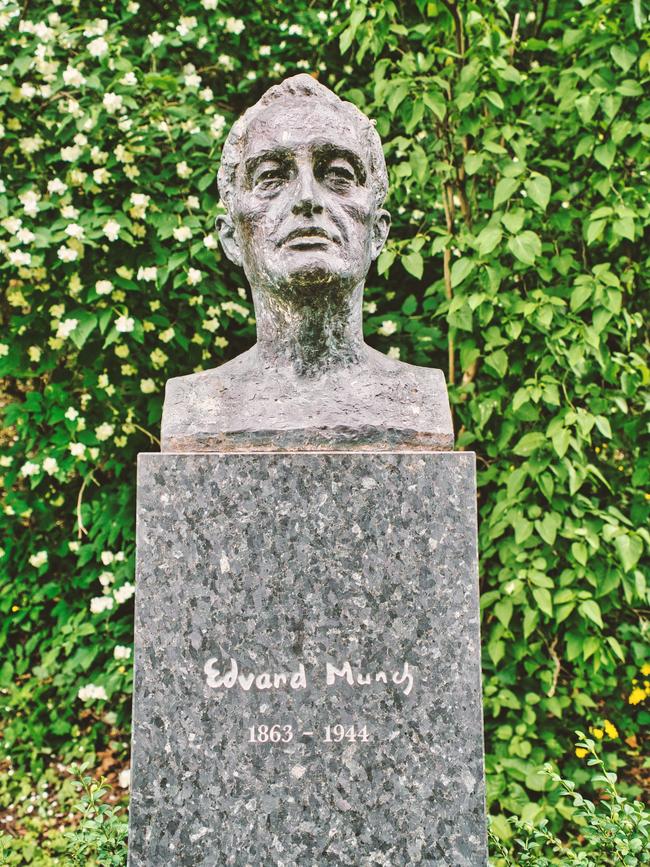
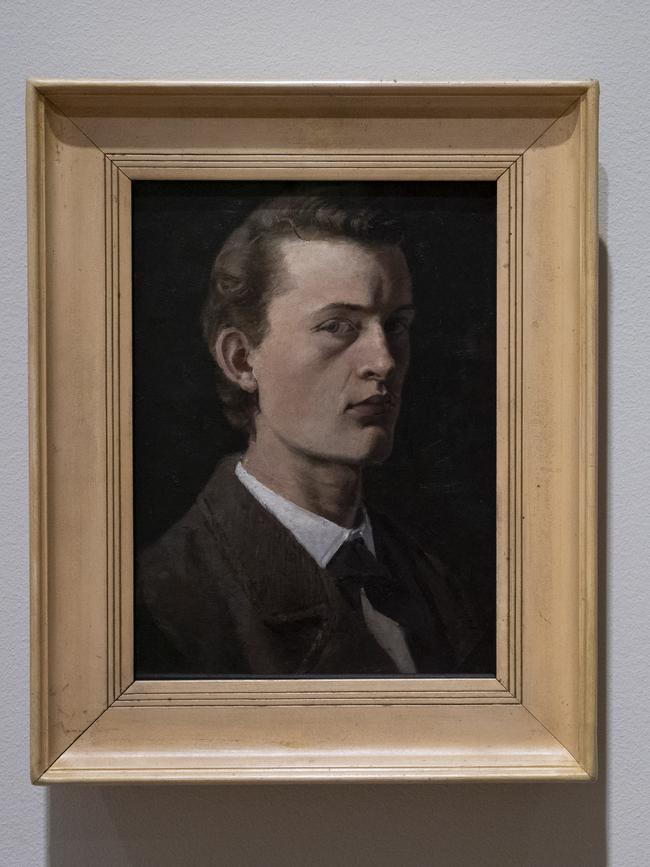
4 Parking place
Munch died in 1944, and his final resting place, for such a towering figure, is modest and unadorned, although nothing if not beautiful. It’s marked by a bust on a plinth in Var Frelsers Graveyard in Oslo’s inner north, engraved with just his signature and dates. The cemetery, which also has Henrik Ibsen’s grave nearby, is more of a park, heavily treed and with large swatches of lawn, a favourite spot for picnickers. Munch lived locally in the late 19th century and did several sketches and paintings of the colourful wooden houses along one neighbouring street, Telthusbakken. Never one for religious images, Munch nevertheless couldn’t ignore the towering Aker Church, which dominates the scene. Built in the 12th century, it’s Oslo’s oldest surviving building, albeit one that’s been repaired and rebuilt several times thanks to various mishaps.
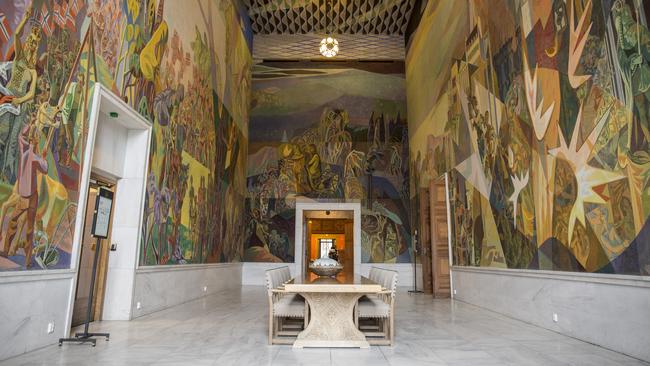
5 Civic-minded
Oslo’s twin-towered red-brick City Hall, built in the stark Functionalism style popular in the 1920s and 30s, reminds me of a power station but it’s very much a tribute to Norwegian art and design, starting with scenes from Norse mythology depicted in reliefs lining the entrance courtyard. Weddings are conducted in what’s called the Munch Room, although it holds just one of his paintings, Life (1910), and due acknowledgment is given to other artisans who combined to create the space. The main hall, meanwhile, where the Nobel Peace Prize is presented each December, contains immense friezes by Alf Rolfsen and Henrik Sorensen. On one side, they honour Norwegian industry; another wall depicts the travails of Nazi occupation. In a network of galleries upstairs, frescoes and tapestries cover almost every wall and ceiling, while the council chamber is lined in the finest of Norwegian wood, mainly oak.
If you love to travel, sign up to our free weekly Travel + Luxury newsletter here.

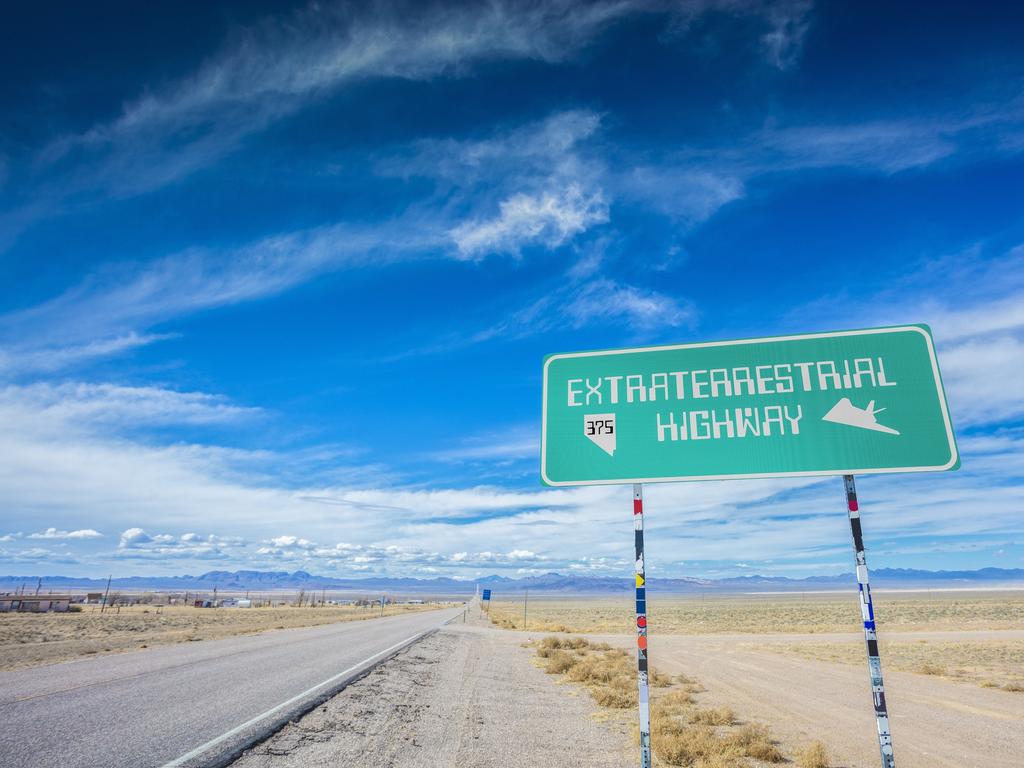

To join the conversation, please log in. Don't have an account? Register
Join the conversation, you are commenting as Logout